The story of agriculture in Maharashtra’s traditionally drought-prone Vidarbha region this time is simple: It has rained so much, especially from September, that the standing crop has wilted from excess water in fields.
AT Daroda village in this cotton-rich taluka of Wardha district, Dilip Pohane expects to harvest just nine quintals of kapas (raw un-ginned cotton) from a 2.5-acre field and 15 quintals from an adjoining 2.1-acre plot. Last year, his produce from these two pieces of irrigated land was 42 quintals. Lokesh Khaire’s story is no different. His four acres, which is also irrigated by an open well, is likely to yield only 25 quintals — half of last year’s. And that’s not much more than the 10 quintals from Mukesh Jaronde’s un-irrigated two-acre field at Wadner village. Even worse is the condition of arhar/tur or pigeon-pea, generally sown as an inter-crop on one row after every six of cotton. Khaire had got five quintals last time, while he sees the current crop yielding three quintals at best. Jaronde’s arhar crop, on the other hand, is completely gone, as against the five quintals harvested in 2018-19. The story of agriculture in Maharashtra’s traditionally drought-prone Vidarbha region this time is simple: It has rained so much, especially from September, that the standing crop has wilted from excess water in fields, whether having irrigation facility or not. November is when farms in Hinganghat taluka are normally full of labourers picking kapas. Instead, they — and also the Hinganghat mandi, Maharashtra’s biggest wholesale cotton market — are wearing a deserted look. While the crop from a distance is all green, the plants, on closer look, bear very few cotton bolls. Even they have partly acquired a yellow tinge. “Till August, we seemed headed for a record cotton, arhar and soyabean crop in Vidarbha. But now those estimates will have to be significantly revised downwards,” a top state agriculture department official says. Maharashtra’s cotton output for 2019-20 is currently placed at 99.58 lakh bales of 170 kg each. However, that estimate, roughly 40% higher than last year’s, was made in August. About 42 lakh hectare area has been sown under the crop, 3% more than last year, with Vidarbha alone accounting for over 18 lakh hectares. For the new Uddhav Thackeray-led coalition government set to take charge on Thursday, the first major agricultural challenge isn’t going to be redrawing production estimates. Rather, it would be in dealing with the havoc wreaked by heavy unseasonal rains — and providing relief to farmers like Pohane, Khaire and Jaronde. All three claim that nobody, including the local agriculture assistant, has visited their fields to do an official panchnama of the crop damage suffered by them. Government formation in limbo for over a month since declaration of Assembly election results hasn’t helped either. “Every year, we get labourers from Parbhani and Nanded in Marathwada to pick our crop. This time, they have had to go back. But what’s there for them to pick? Can you see anything?,” asks Pohane, pointing to his field. The Hinganghat agricultural produce market committee (APMC) mandi gets cotton from Yavatmal, Nagpur, Chandrapur and even more distant Nanded and Gadchiroli districts. This yard handles 15-20 lakh quintals of kapas arrivals in a full marketing year starting November. Last November, the mandi had received 90,354 quintals, with the figures even higher at 2,09,068 quintals and 5,59,068 quintals for the same month of the preceding two years. This time, arrivals were only about 18,000 quintals till November 25. “The arrivals are very low and will probably remain so in the rest of the season,” admits Tukaram Chambhare, secretary of the Hinganghat APMC. While cotton pickings — farmers do 3-4 of them — start in November, arhar arrivals take place only after January. Even these are expected to be very low. But a poor crop hasn’t translated into better prices. Medium-long staple kapas is now trading below Rs 5,000 per quintal at Hinganghat, as against the Centre’s minimum support price (MSP) of Rs 5,405 and last year’s Rs 5,600-plus levels at this time. “Cotton Corporation of India (CCI) has started buying. But since the MSP is for a baseline moisture content of 8% and they don’t procure any cotton having above 12% — apart from paying only after 10 days on producing copies of 7/12 land revenue extract, bank passbook and Aadhaar card — most farmers prefer selling in the open market,” notes Chambhare. And with farmers bringing kapas having even 17% moisture content, only traders are purchasing. No wonder, CCI has so far procured just over 2,650 quintals from the Hinganghat APMC. Om Dalia, director of the Prakash Group, a leading Hinganghat-based cotton ginning-cum-pressing and oil producing concern, blames the low kapas prices mainly on the global market. The benchmark international Cotlook ‘A’ Index price is ruling at below 75 cents per pound, compared to 86 cents a year ago. As a result, India’s raw cotton exports have plunged to $263.06 million during April-October, from $1.01 billion for the same period of 2018. “Not only are lint (fibre) prices down, even the rates of cottonseed oilcake (used as animal feed) have significantly eased in the last three months. With quality also poor due to untimely rains, no trader can pay the MSP for kapas today,” he states. Dalia and also farm activist Vijay Jawandia feel that the government should pay the difference between the MSP and the open market price directly into the accounts of farmers. “What’s the use of MSP if CCI is hardly buying? Today, cotton prices are low for US farmers as well. But nobody’s committing suicide there because the US government is compensating farmers for their losses,” Jawandia points out. Source - https://indianexpress.comIndia - Farmers in drought-prone Vidarbha reel, this time from excess rain
28.11.2019 110 views
2024 AgroInsurance International Conference: New Partners and Agenda updates
26.02.20242024 AgroInsurance International Conference will take place on June 3-5, 2024 in Belgrade, Serbia, at the Hyatt Regency Hotel. Planet Labs (USA) and GAF AG (Germany) are sponsors of our conference. Agremo (Serbia) has been confirmed as the Organization Partner. More partners and sponsors to be announced in March 2024.

Spain - 30% of La Palma's banana production has already been lost due to the advance of the lava
14.10.2021More than three weeks after the Cumbre Vieja volcano erupted, the lava that continues to flow from its interior continues to devastate everything in its path, destroying houses, infrastructure, and banana plantations. The production of Platanos de Canarias is the economic engine of the island, accounting for 50% of its GDP and 30% of the jobs on the island.
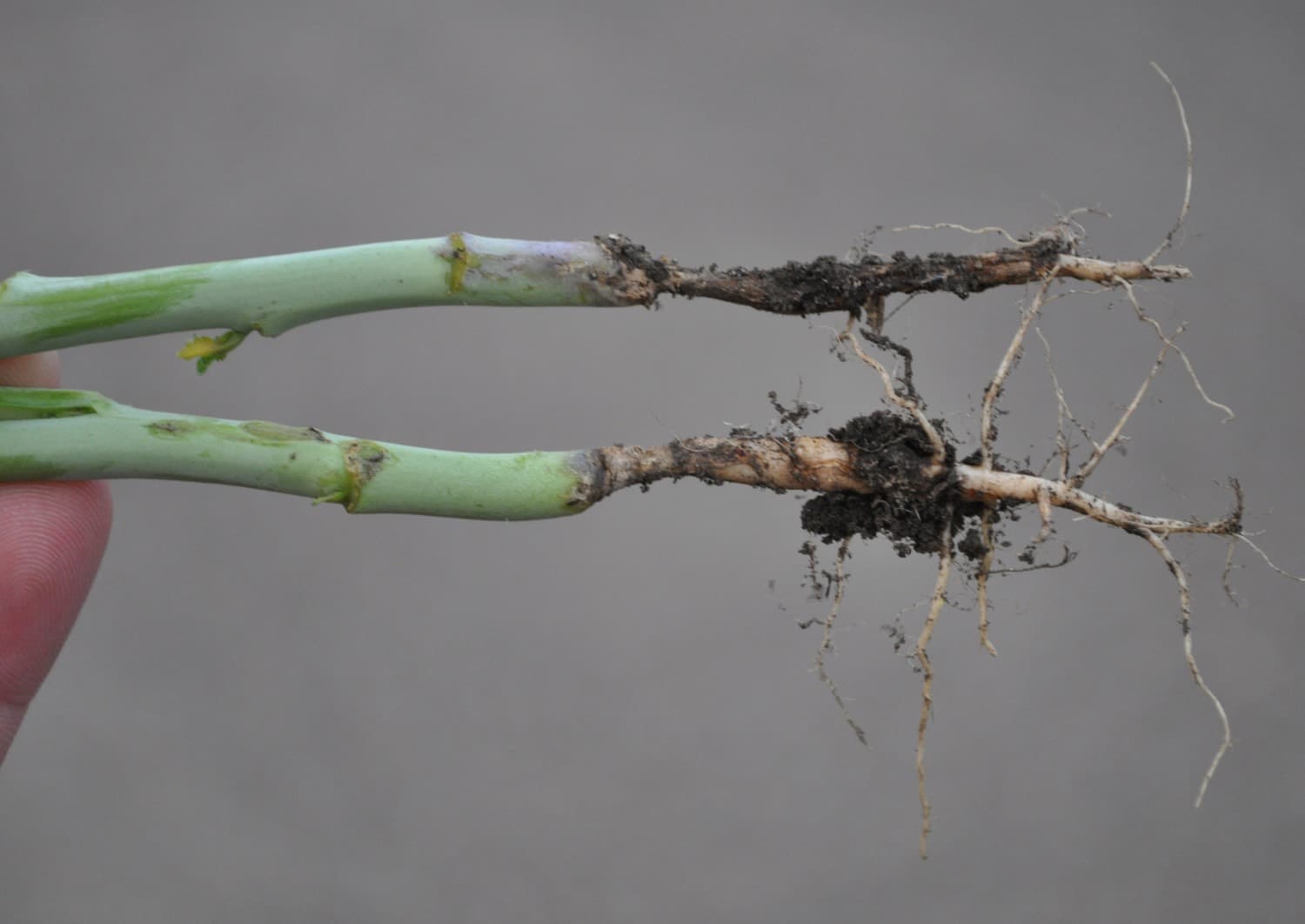
USA - Widespread root rot crop loss in 2022-23
Root rot has been established in some pea and lentil fields across North Dakota and Montana, with widespread crop loss observed in 2022-23. To help, North Dakota State University (NDSU) research is focusing on what farmers can do to reduce their root rot risk as they begin seeding their pulse crops this spring.
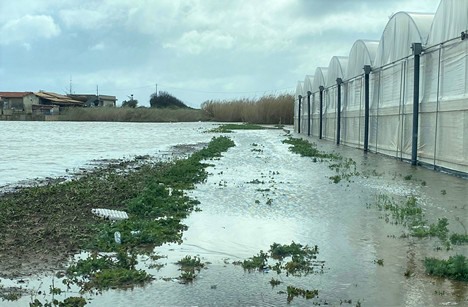
UAE - Unprecedented floods destroy greenhouses
The United Arab Emirates experienced a "historic climatic event", according to the National Meteorological Center, which stated, "The UAE experienced the heaviest rainfall in 75 years, and the "Khatm Al-Shakla" area in Al Ain received 254.8 mm of rain in less than 24 hours." That's the equivalent of two years' rainfall by the country's standards.
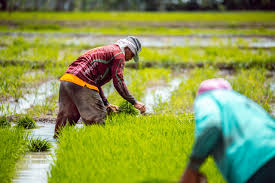
Philippines - P184-million crop loss to El Niño reported
Agricultural crops worth approximately P184.63 million suffered damage, while 3,427 farmers grappled with the effects of the El Niño phenomenon. Sylvia Dela Cruz, the provincial agriculturist of Capiz, reported that data from 13 municipalities showed 3,115.11 hectares of rice land impacted, with 852.41 hectares totally damaged and 2,272.70 hectares partially damaged.
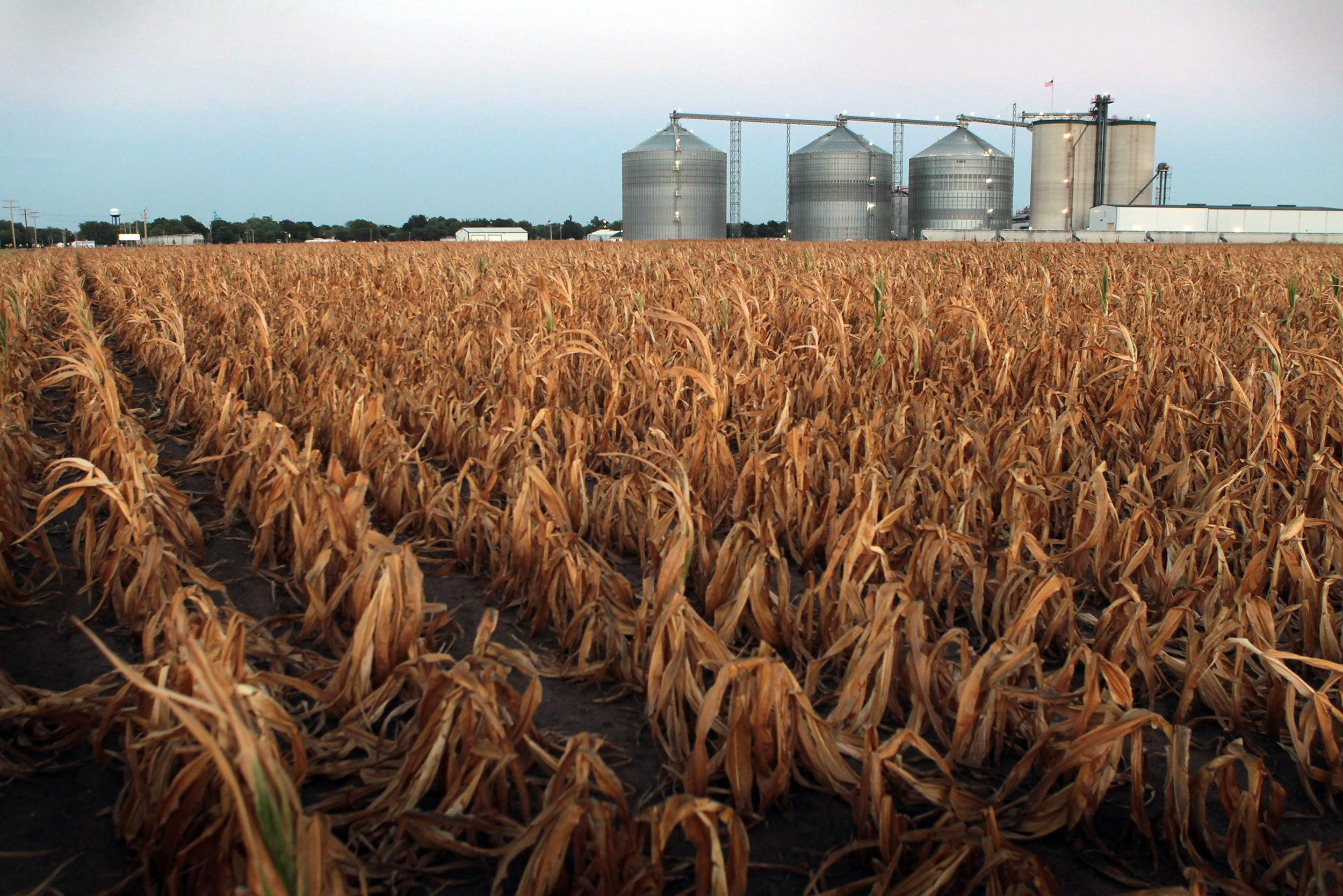
Canada - The B.C. agriculture sector continues to face relentless challenges, one after another
Facing increasing drought, alarming climate change, high levels of food insecurity and a myriad of distinct microclimates in all parts of the province, farmers are continually searching for ways to mitigate their obstacles.
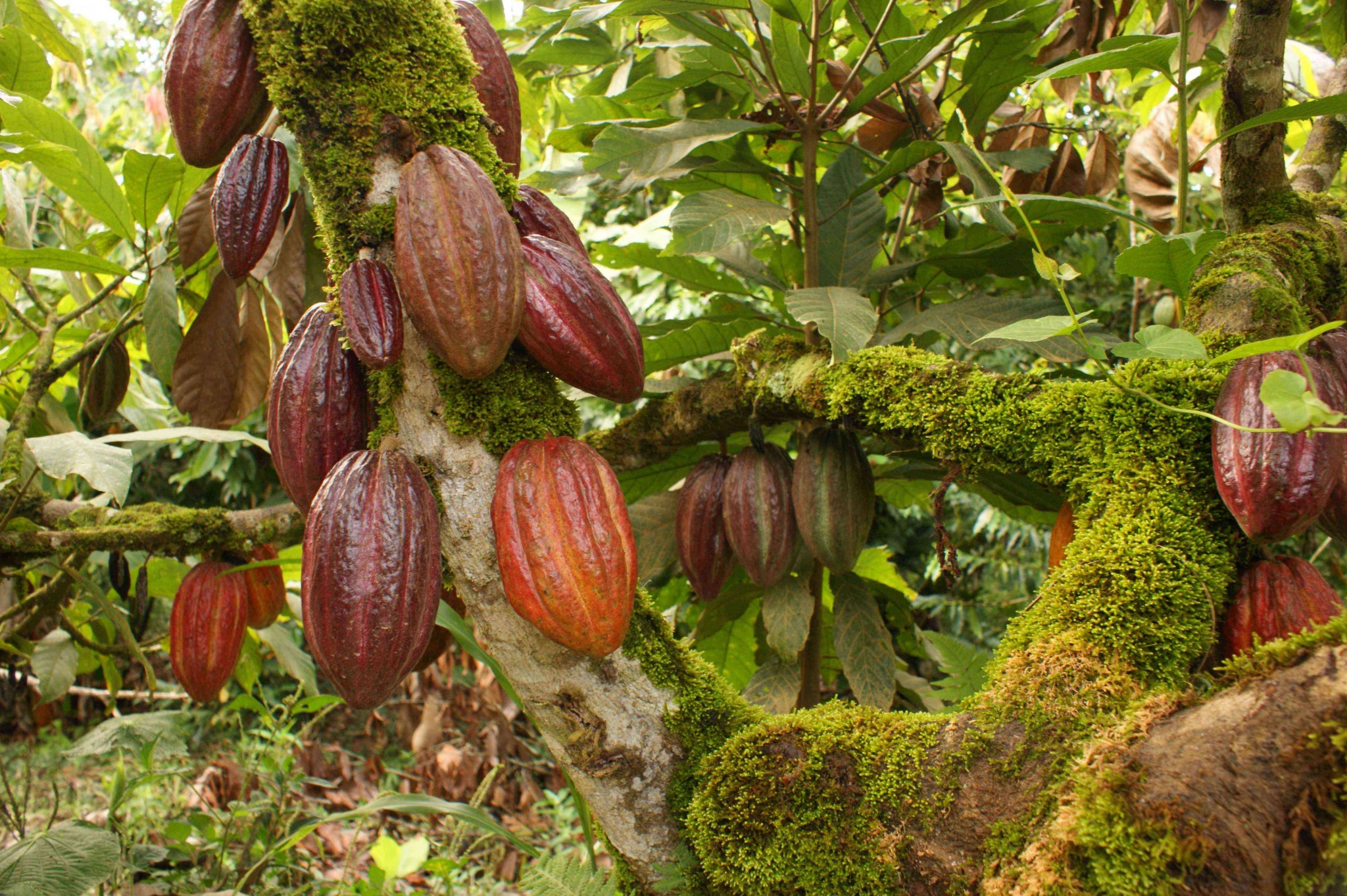
Cocoa prices hit records as West African yields decline
Cocoa prices broke $10,000 per ton for the first time in March, amid disease outbreaks and destructive weather patterns in West Africa. Cocoa futures were as high as $10,080 in New York at the close of the first quarter, having more than doubled this year – due to expectations of a shortage of cocoa beans, the raw material used to make chocolate.
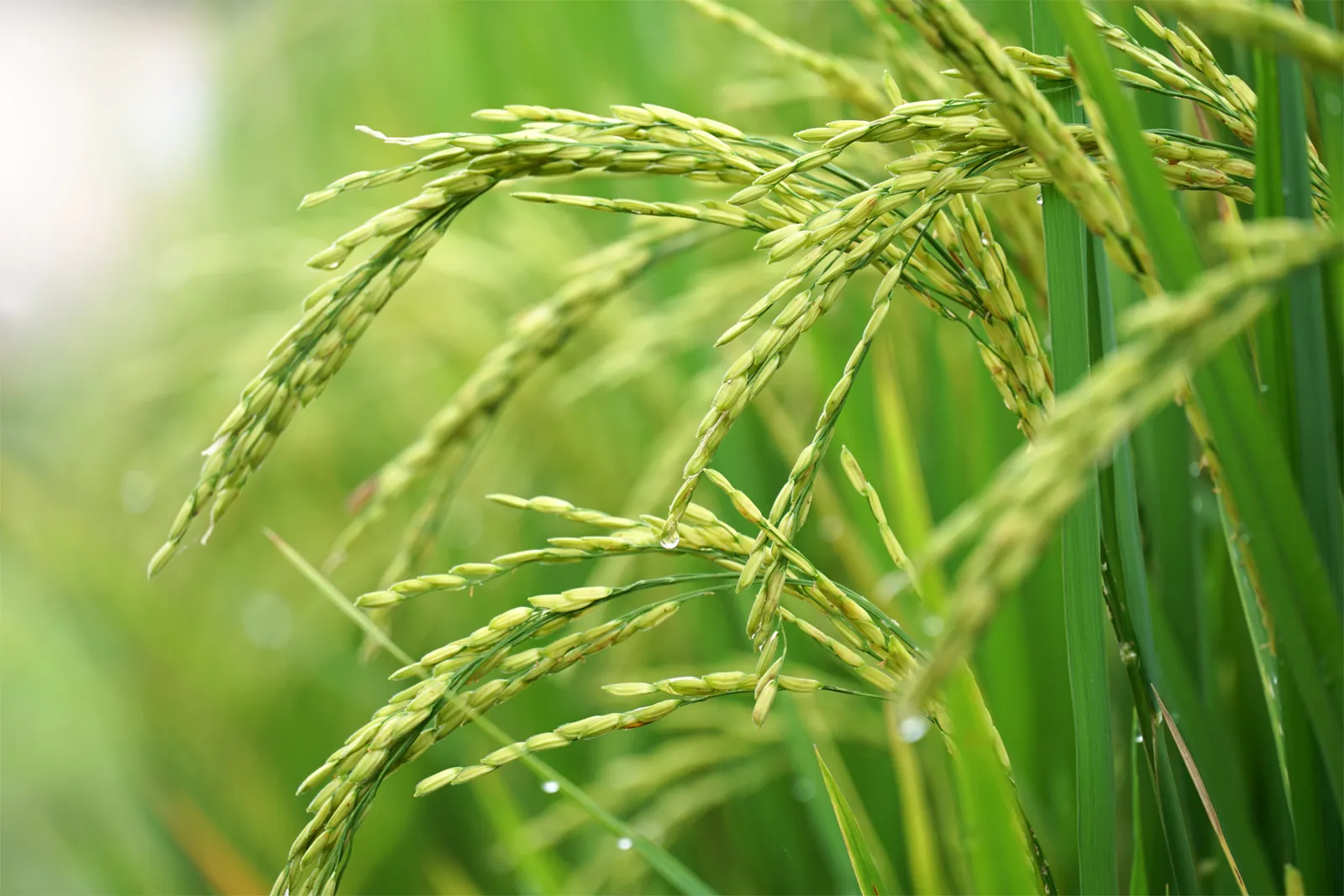
Bangladesh - Climate change in the north-west
The north-west — Rajshahi and Rangpur divisions — of Bangladesh produces more than one-third of the country’s staple food, especially boro rice. The region has 40 per cent of the country’s total irrigated area and 30 per cent of the net cultivable area, with the highest average rice yield.
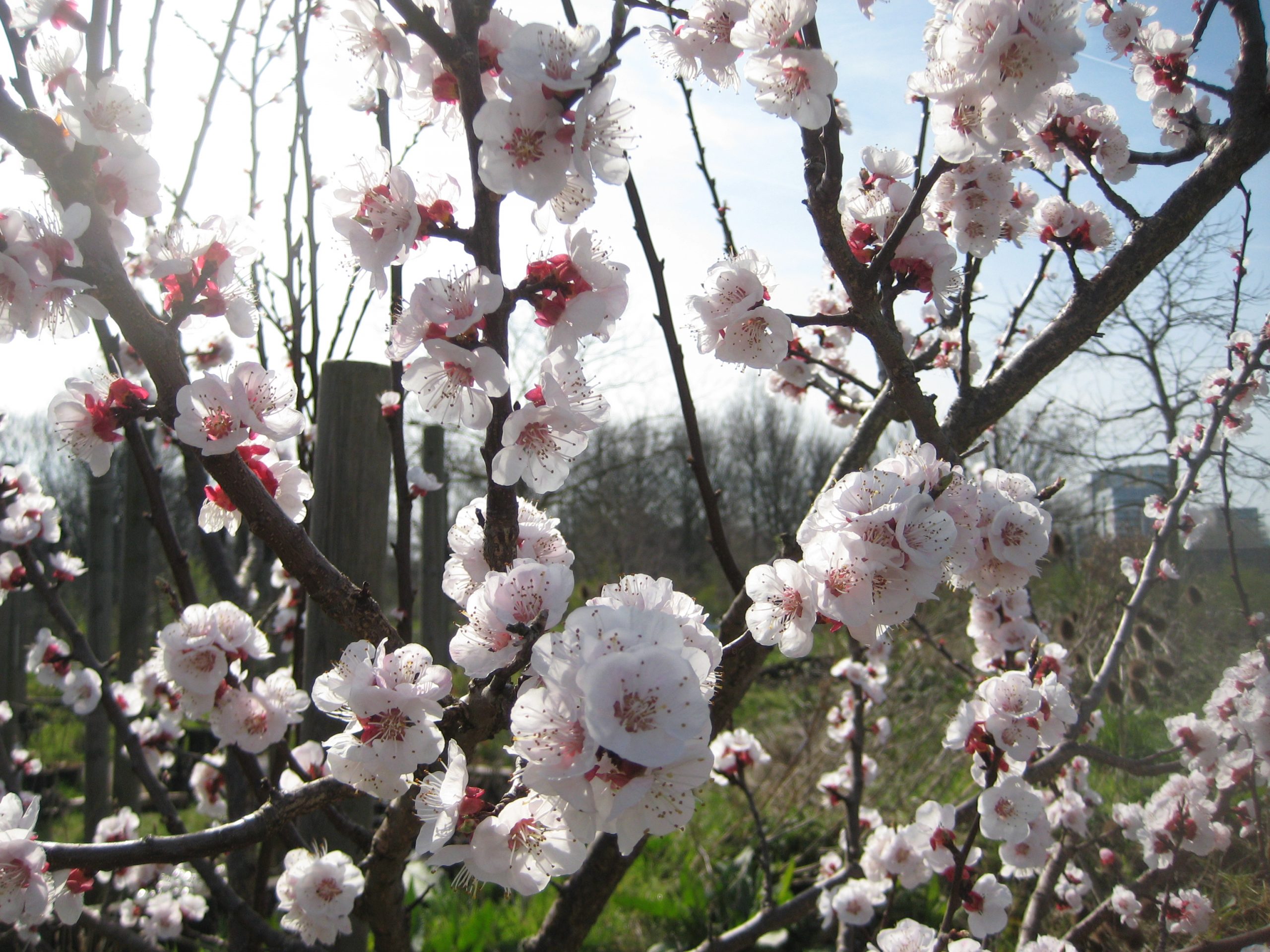
Canada - Blossoms arrive early, farmers fearful of April frost
All eyes are on the short-term weather forecast for local stone fruit farmers thanks to Mother Nature’s unpredictable ways. In a strange twist that saw this year’s mild winter help create an early explosion of healthy blooms over the past week, forecasted low overnight temperatures over the next two weeks could create a disastrous situation.

USA - USDA reminds agricultural producers to report damage or losses following inclement weather
During the spring time of the year we do see inclement weather conditions, something that has occurred quite a bit over the past few weeks across the country. Due to this, the USDA Farm Service Agency (FSA) wants to remind agricultural producers to report damage or losses following inclement weather.



